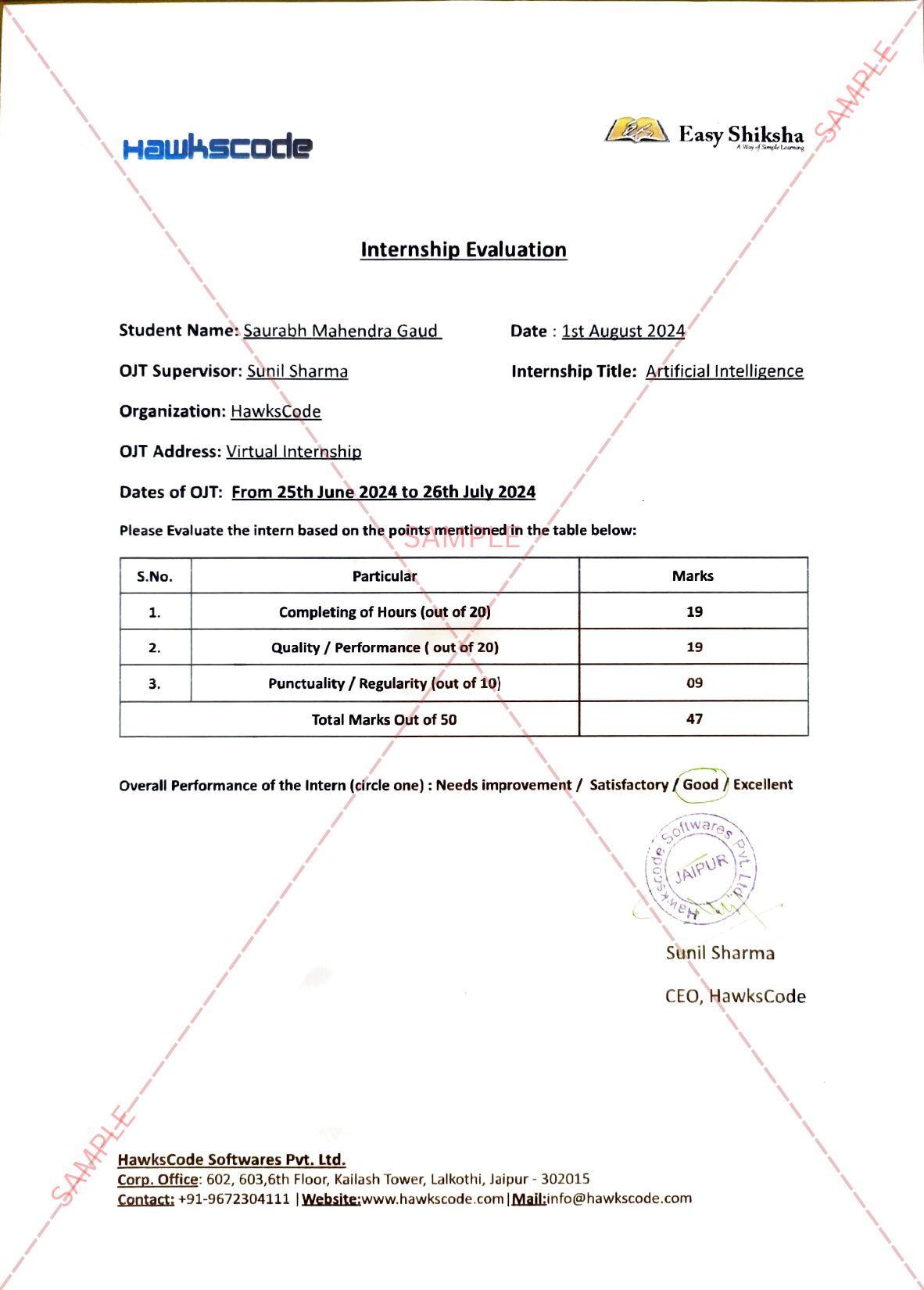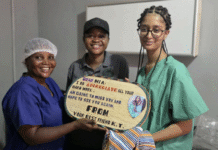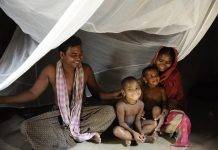Dr. Basavaraj S Kumbar, Consultant- Internal Medicine, Aster Whitefield Hospital, Bengaluru Tropical diseases primarily affect people living in or visiting tropical and subtropical regions. Bacteria, viruses, or parasites usually cause such disorders, making them major public health issues, and they predominantly affect people in warm and humid climates.
These diseases are widespread where there is a lack of access to healthcare facilities, sanitation, and pest control measures due to the conducive environment of spread. The likelihood of catching these diseases, however, can significantly be reduced if proper knowledge and precautions are observed.
Below is a comprehensive overview of seven major tropical diseases and effective strategies to prevent them.
1. Dengue – Mosquitoes spread dengue fever, another tropical illness. The disease causes high fever, excruciating headaches, joint pain, and rashes, with severe cases developing dengue haemorrhagic fever.
Therefore, it is important to use repellents and wear long sleeves, especially in areas with a high prevalence rate. Additionally, because stagnant water encourages mosquito reproduction, health authorities advise proper maintenance of tires, flowerpots, and other such containers.
Regional mosquito control initiatives in the community can also aid in reducing dengue spread.
2. Zika Virus – Zika virus is spread by Aedes mosquitoes, which is more dangerous as it can lead to severe birth defects such as microcephaly (the baby’s head is smaller than expected for their age) when contracted during pregnancy. The symptoms are usually mild, including fever, rash and conjunctivitis. In order to prevent this disease, one should use repellents, wear protective clothing and avoid mosquito bites, especially pregnant women. People in Zika-prone areas should consult doctors first regarding pregnancy planning. Also it is important to keep the surroundings clean and dry to prevent mosquito breeding as an additional preventive measure.
Also Read: Quantum Sensing Hub at IIT Bombay kick-offs operations
3. Malaria – Plasmodium parasites cause malaria, a life-threatening disease, and infected female mosquitoes transmit these parasites. Its symptoms include fever, chills, sweating, headaches, and nausea that can escalate into severe complications if left untreated. To prevent malaria, individuals should use insect repellents containing DEET or picaridin, sleep under insecticide-treated mosquito nets, and eliminate stagnant water around their homes to prevent mosquito breeding. For people travelling to high-risk areas, consulting a doctor for antimalarial medication is crucial.
4. Chikungunya – Aedes mosquitoes spread chikungunya, a viral disease that causes fever, joint pain, muscle pain, and headaches.
While it is rarely fatal, joint pain can persist for months or even years in some individuals. To prevent chikungunya, people should protect themselves against mosquito bites by using repellents, sleeping under nets, and wearing protective clothing. Community-wide mosquito control programs can further enhance prevention efforts.
5. Leishmaniasis – Leishmania parasites cause leishmaniasis, and infected sandflies transmit it through their bites. It appears on the skin as ulcers or affects internal organs in its visceral form.
Prevention strategies include using insecticide-treated bed nets, wearing protective clothing to cover exposed skin and applying insect repellents to both the skin and clothing. These measures are particularly important during sandfly activity hours, which are typically in the evening and early morning.
6. Yellow fever – Yellow fever is also a viral hemorrhagic disease spread by infected mosquitoes. It can range from mild symptoms like fever to severe complications such as jaundice, bleeding and organ failure. Vaccination is the most effective preventive measure, with a single dose providing lifelong protection. In addition, individuals should use repellents, sleep under bed nets and wear protective clothing to minimize mosquito bites. Staying informed about outbreaks and avoiding travel to high-risk areas without proper precautions is also essential.
7. Schistosomiasis – Parasitic flatworms known as schistosomes cause schistosomiasis when people come into contact with infected water bodies.
Abdominal pain, diarrhoea and blood in the stool or urine are among the common symptoms with organ damage being one of the dangerous and possible long-term consequences. Avoiding swimming or bathing in freshwater lakes and rivers in endemic areas is one preventive measure along with making sure that the drinking water is safe by boiling or filtering it.
With knowledge and proactive steps, people can successfully avoid these easily communicable tropical diseases.
People can greatly lower the risk of illness by limiting their exposure to insects like mosquitoes and sandflies, practicing good hygiene and taking the recommended treatments and immunizations. To protect one’s health and well-being. Seeking individualized guidance from healthcare professionals is crucial, whether one is living in or traveling to tropical areas. The burden of tropical diseases can be reduced with individual and community actions. Improving health outcomes for millions of people worldwide.
Platforms like EasyShiksha.com offer valuable courses that can help you gain the necessary skills.






































































